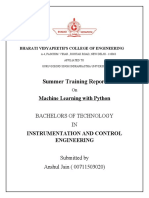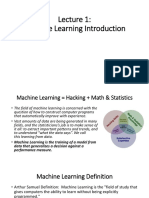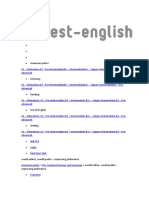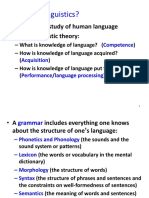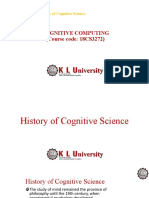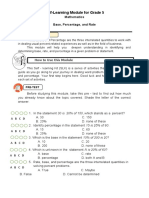0% found this document useful (0 votes)
22 views38 pagesNatural Language Processing-Section
The document provides an overview of machine learning, focusing on its types: supervised, unsupervised, and reinforcement learning. It details the steps involved in creating a machine learning model for sentiment analysis of Tweets, including data preparation, cleaning, and the use of algorithms like Logistic Regression. Additionally, it discusses methods for text representation such as Bag of Words and TF-IDF, and includes tasks for improving model accuracy.
Uploaded by
dw9324764Copyright
© © All Rights Reserved
We take content rights seriously. If you suspect this is your content, claim it here.
Available Formats
Download as PPTX, PDF, TXT or read online on Scribd
0% found this document useful (0 votes)
22 views38 pagesNatural Language Processing-Section
The document provides an overview of machine learning, focusing on its types: supervised, unsupervised, and reinforcement learning. It details the steps involved in creating a machine learning model for sentiment analysis of Tweets, including data preparation, cleaning, and the use of algorithms like Logistic Regression. Additionally, it discusses methods for text representation such as Bag of Words and TF-IDF, and includes tasks for improving model accuracy.
Uploaded by
dw9324764Copyright
© © All Rights Reserved
We take content rights seriously. If you suspect this is your content, claim it here.
Available Formats
Download as PPTX, PDF, TXT or read online on Scribd
/ 38

